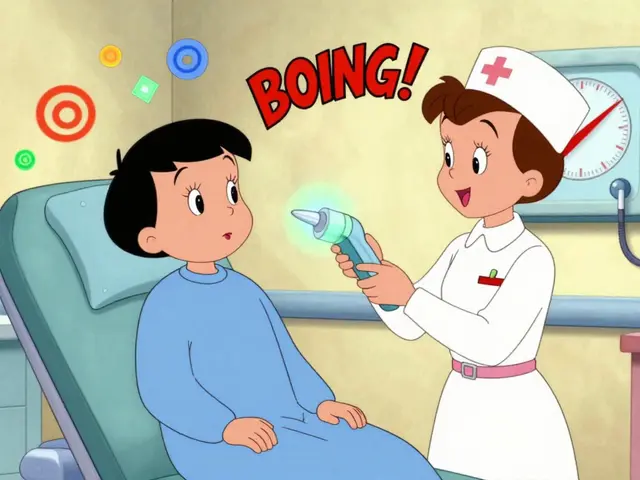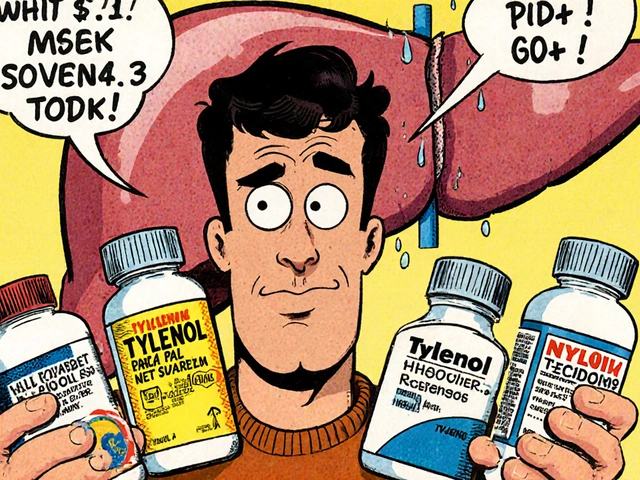New Hair Treatments: What’s Working in 2025
If you’ve tried every shampoo on the shelf and still see more hair on your pillow than on your head, you’re not alone. The good news is that science has finally caught up with our wish for thicker, healthier hair. Below you’ll find the most talked‑about treatments that are actually delivering results right now.
Top Breakthroughs
1. Peptide‑Infused Serums: Small protein fragments called peptides signal your follicles to stay alive and grow longer. Brands are mixing them with low‑dose minoxidil for a double punch, and users report less shedding after just six weeks.
2. Platelet‑Rich Plasma (PRP) Injections: This isn’t a new idea, but newer protocols use a higher concentration of growth factors, which means faster regrowth. A single session can boost thickness by up to 30% in three months when combined with proper aftercare.
3. Oral Biotin‑Complex Pills: Instead of the generic biotin you see on grocery shelves, newer formulas add copper and zinc to balance the scalp’s natural oil production. The result is less dandruff and a stronger hair shaft.
4. Low‑Level Laser Devices (LLLT): Handheld combs and caps now emit specific wavelengths that stimulate cellular activity in the follicle. Studies show measurable density gains after 12 weeks of twice‑weekly use.
How to Pick the Right One for You
First, figure out what’s causing your hair loss. If it’s stress‑related shedding, a peptide serum paired with lifestyle changes might be enough. For pattern baldness, PRP or minoxidil combos tend to work best.
Second, check the ingredient list. Avoid products that hide “proprietary blends” without disclosing key actives. You want to see clear percentages of peptides, copper peptide, or laser wavelength specs.
Third, consider cost and commitment. PRP requires a clinic visit and can run $500 per session, while a good serum costs about $40 a month. Laser caps are a bigger upfront purchase but last for years.
Finally, give any new treatment at least three months before judging results. Hair grows slowly, and most studies use a 12‑week window to measure change.
If you’re still unsure, start with the safest option: an oral biotin‑complex paired with a gentle peptide serum. Track your progress with photos every two weeks; seeing visual improvement keeps motivation high.
Remember, there’s no magic pill that works overnight. Consistency, proper nutrition, and choosing a scientifically backed product are what turn “new hair treatment” from hype into real growth.

Exploring 2025: Discovering 7 Groundbreaking Alternatives to Propecia for Hair Loss
In 2025, hair loss sufferers no longer rely solely on Propecia for treatment. This article delves into seven innovative alternatives, each offering unique benefits and drawbacks. Learn about new advancements in hair restoration, comparing their effectiveness in addressing hair loss. Explore these cutting-edge options to make informed decisions on your hair care journey.





